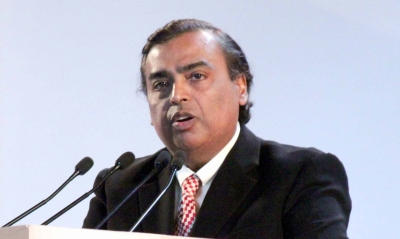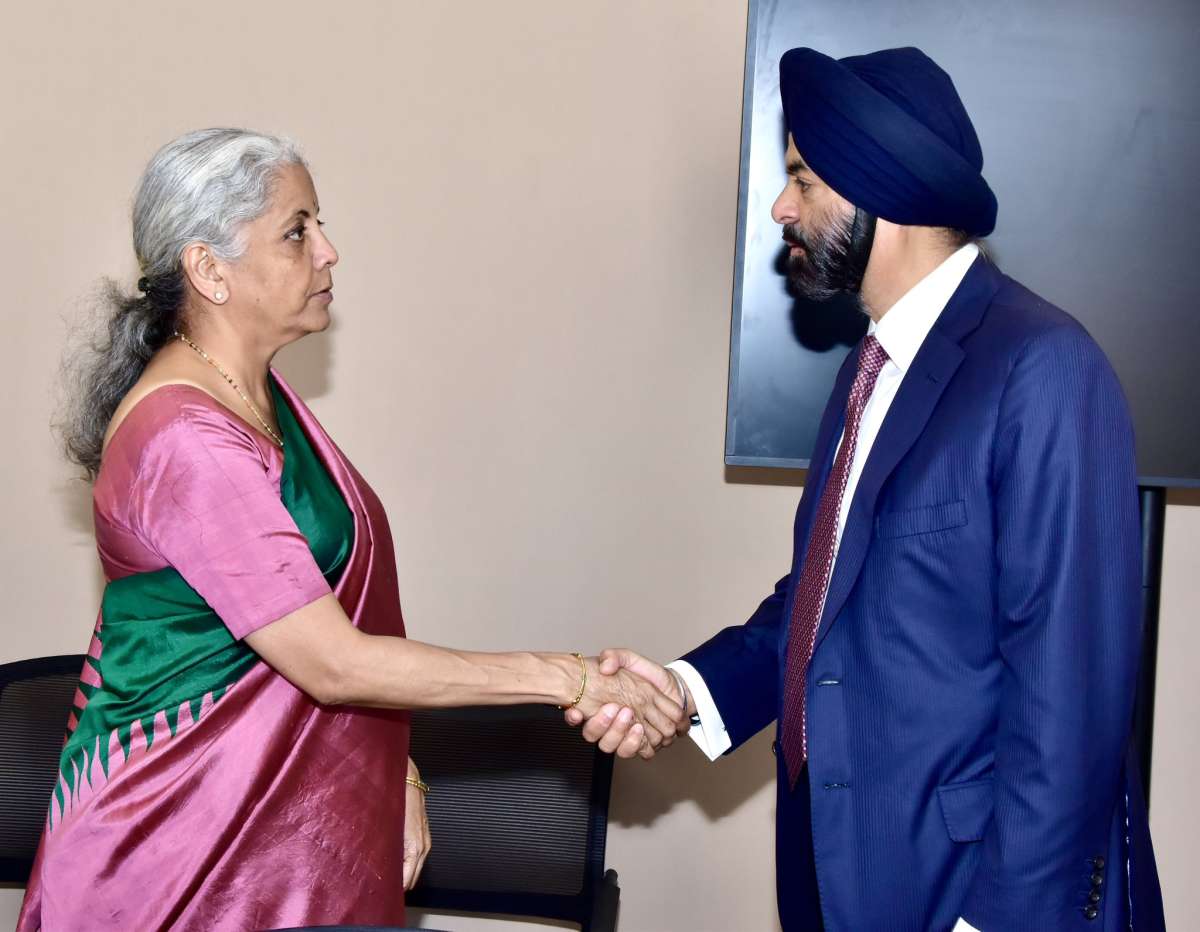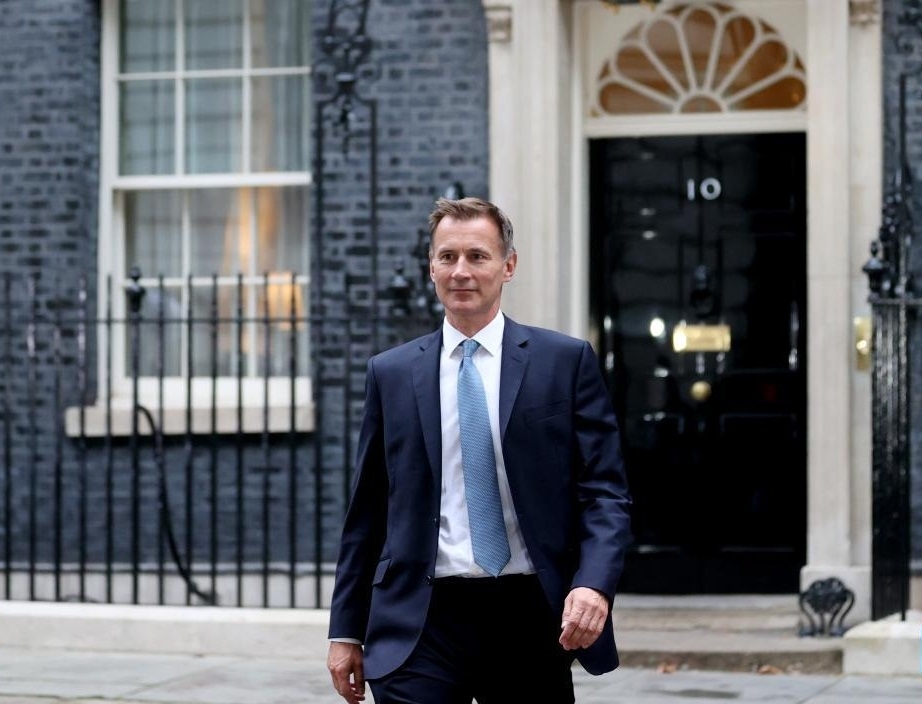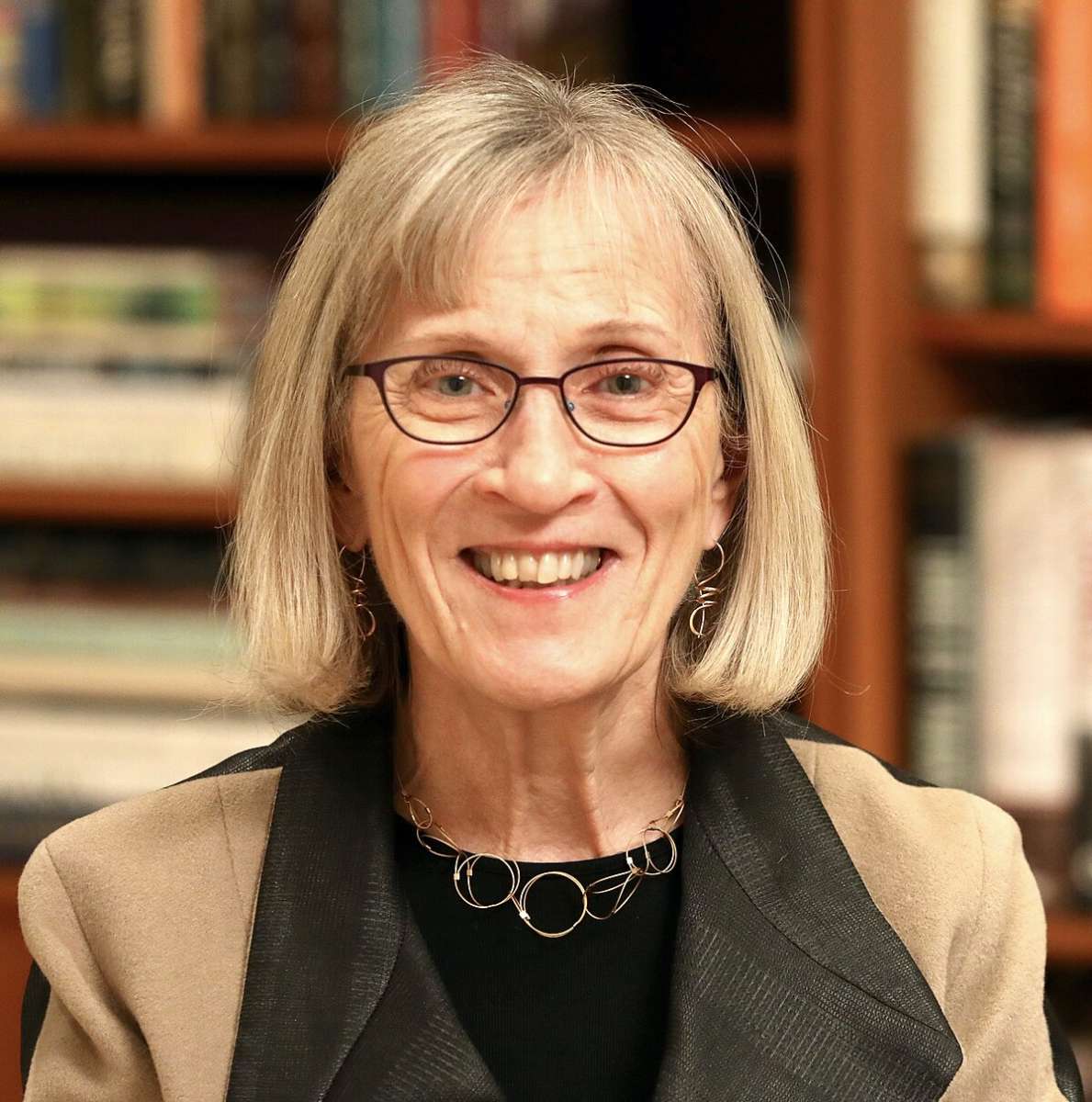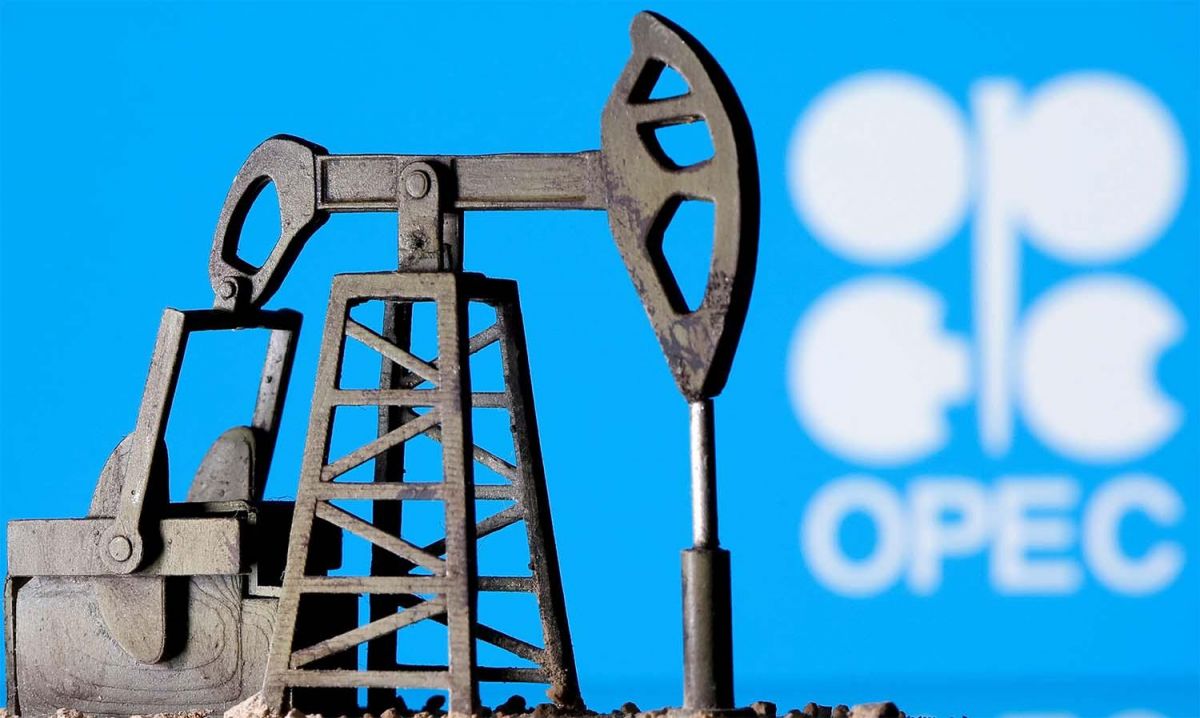Ambani was ranked at the top with a wealth of Rs 808,800 crore with 2 per cent appreciation over the previous year….reports Asian Lite News
Billionaire Mukesh Ambani, Chairman, Reliance Industries Ltd, has reclaimed the top spot as the richest Indian after a year, as per the ‘360 One Wealth Hurun India Rich List 2023’.
Ambani was ranked at the top with a wealth of Rs 808,800 crore with 2 per cent appreciation over the previous year.
Industrialist Gautam Adani, despite a 57 per cent erosion in wealth, was ranked second in the list with a wealth of Rs 474,800 crore.
Last year, Adani was ahead of Ambani by Rs 3 lakh crore and in 2023, the latter is ahead of the former by Rs 3.3 lakh crore.
The top two industrialists are followed by vaccine maker Cyrus S. Poonawalla (Rs 278,500 crore), HCL Group’s Shiv Nadar (Rs 228,900 crore), Hinduja Group’s Gopichand Hinduja (Rs 176,500 crore) and Sun Pharmaceuticals’ Dilip Shanghvi (Rs 164,300 crore).
According to the report, the Rs 1,000 crore rich individuals’ club went up by 216 to 1,319.
The cumulative wealth of India’s rich list stood at Rs 109 lakh crore, more than the combined gross domestic product (GDP) of Singapore, the UAE and Saudi Arabia.
The youngest rich Indian title went to 20-year-old Kaivalya Vohra, the Founder of Zepto.
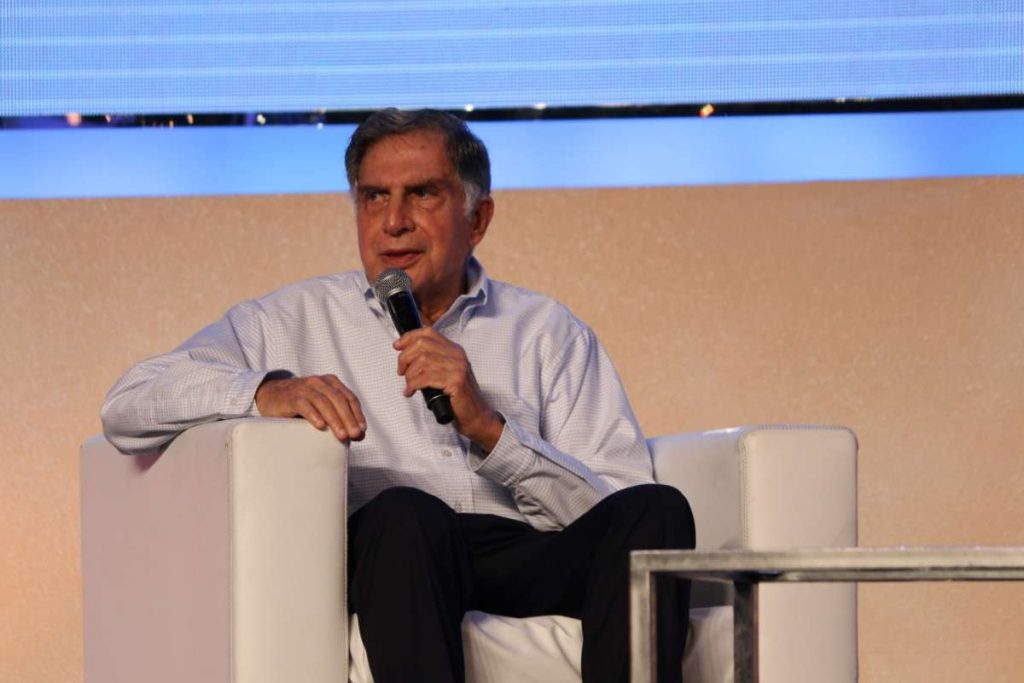
On the other hand, 94 year old Mahendra Ratilal Mehta, Founder, Precision Wires India, made his maiden entry into the rich list in 2023.
According to the list, 84 startup founders with a cumulative wealth of Rs 423,600 crore with an average age of 41 years figure in the 2023 rankings.
Radha Vembu (50) of Zoho became the richest self-made woman in the 2023 list, overtaking Falguni Nayar.
Tamil Nadu’s hosiery town Tiruppur debuted in the top 20 cities producing the most number of entrants with 328 individuals.
As regards the number of followers on the social media platform X, Tata Group’s Ratan Tata has the largest number of followers at 12.6 million and is followed by Mahindra & Mahindra Group’s Anand Mahindra with 10.8 million followers.

Byju’s Founder Out
Byju Raveendran, founder and CEO of the troubled edtech company Byju’s, did not find a place in the Hurun India rich list of 2023 on the back of a series of investor markdowns.
The development comes months after investors, including US-based BlackRock and Prosus, drastically reduced the firm’s valuation.
In last year’s list, Raveendran’s personal wealth was estimated at $3.3 billion.
The largest non-founder shareholder of Byju’s, Prosus, reduced the value of its stake in the edtech company in June this year.
According to Prosus, the value of its 9.6 per cent stake in Byju’s was lowered to approximately $493 million in the financial year ending March of this year, indicating a decreased valuation of $5.1 billion.
Investment management firm BlackRock cut the valuation of the edtech firm by around 62 per cent.
Additionally, members of Prosus, Peak XV Partners, and the Chan Zuckerberg Initiative resigned from Byju’s board of directors.
Meanwhile, two profitable and bootstrapped Indian startups, Zoho and Zerodha, were included in the 2023 list.
With a net worth of Rs 36,000 crore, Radha Vembu, the product manager of Zoho Mail and the owner of a majority stake in Zoho Corporation, the company where her brother Sridhar Vembu serves as CEO, came in at position 40 on the list.
Following her closely were the Zerodha founders — Nithin Kamath and Nikhil Kamath, who were ranked 42 and 81, respectively, with net worths of Rs 35,300 crore and Rs 23,100 crore.
Kaivalya Vohra, co-founder of Zepto, who is 20 years old, was the youngest one on the list.

